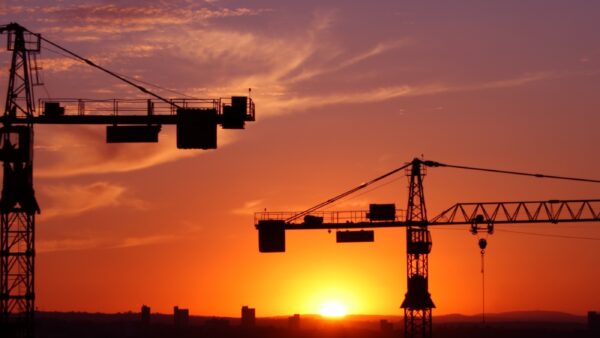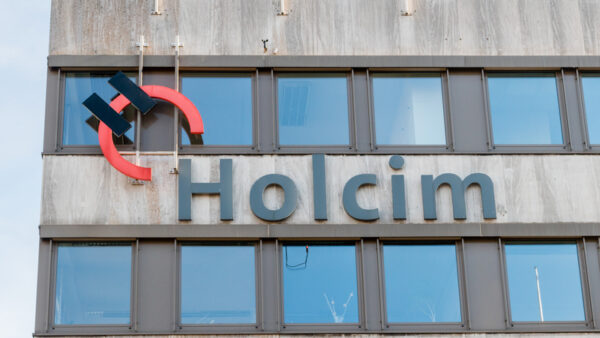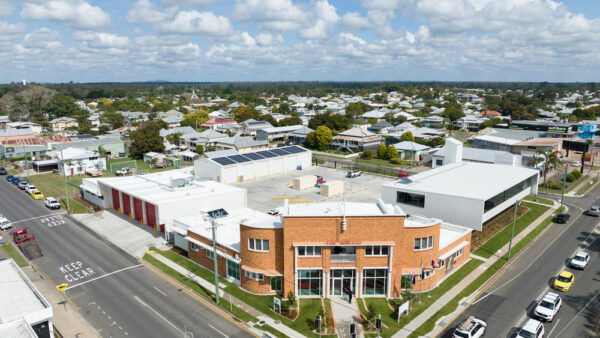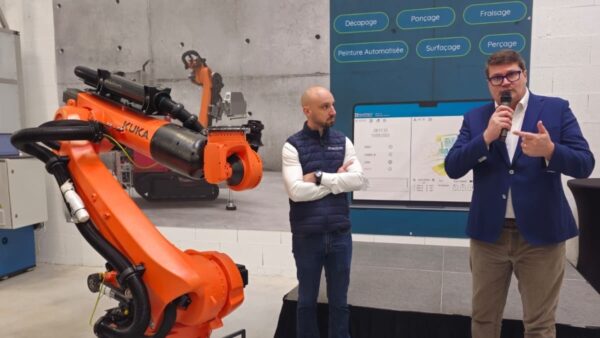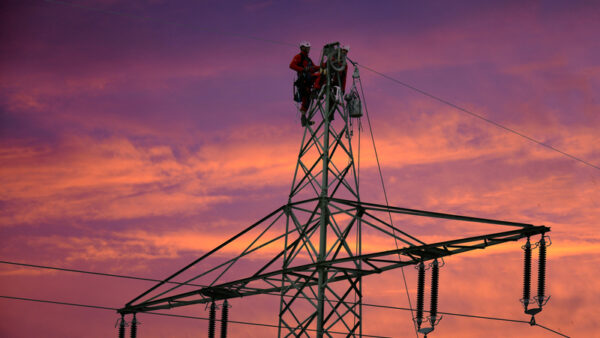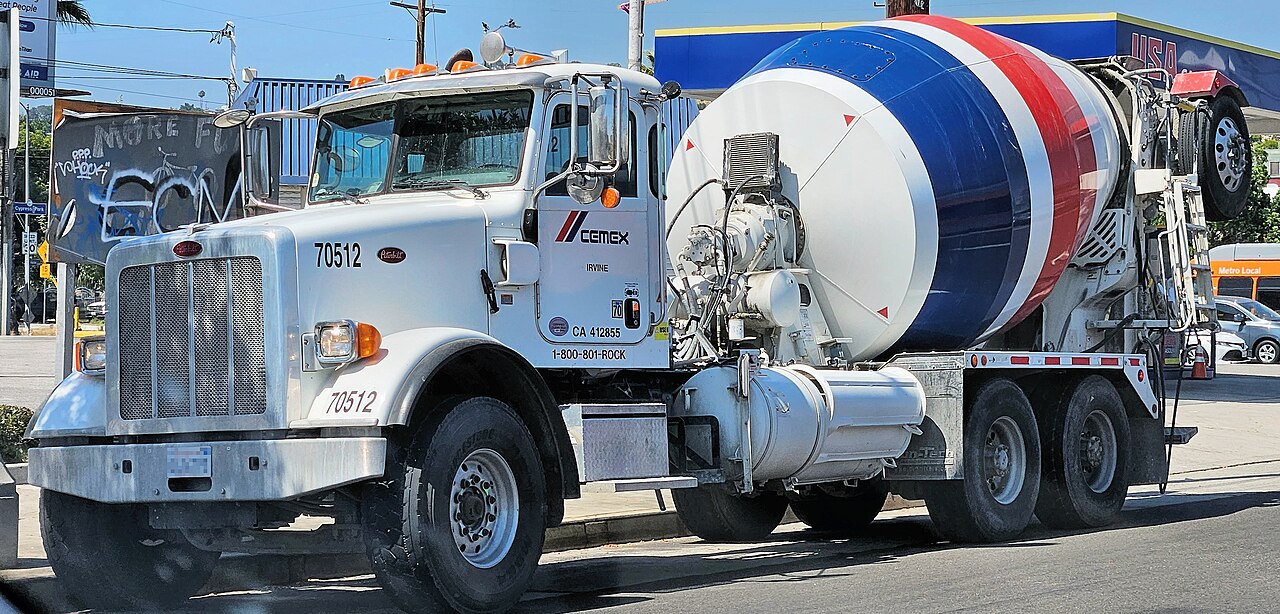
The Biden-Harris administration this week unveiled a series of pledges made by some state and city governments along with cement manufacturers, construction firms, developers and tech companies to use lower-emission cement in the coming years.
The announcement on Wednesday, 16 October noted that concrete and steel manufacturing generate over 15% of global CO2 emissions, and that the public sector is the largest buyer of US construction materials as it builds and maintains infrastructure.
Making pledges on the public sector side were the states of Washington, New York and Michigan, and the cities of New York and Los Angeles.
Commitments from the private sector came from cement-makers Heidelberg Materials and Cemex, builders Turner Construction and Clark Pacific, developers BXP and Weldon Development, and tech companies Microsoft and Amazon Web Services.
The pledges followed a series of “convenings” around the country between companies and White House officials, facilitated by sustainability think tank RMI and the Natural Resources Defense Council.
Public sector pledges
New York State committed to reduce carbon emissions from concrete used in state infrastructure by 30% by 2028.
The State of Michigan said its transportation department had formed “partnerships” with municipalities to “support the adoption of cleaner construction materials” in infrastructure projects.
Washington State heralded its new “Buy Clean and Buy Fair” legislation that requires it to incorporate embodied carbon in its procurement decisions.
Los Angeles committed to a 15% emissions reduction for construction materials in the city’s infrastructure projects, promising five demonstration projects of ultra-low-carbon concrete.
New York City directed city agencies to begin requiring environmental product declarations for concrete and steel products.
Cement-maker’s pledges
Heidelberg Materials North America pledged that by 2030 it would reduce company-wide emissions by 25% and reduce emissions from one of its US-based plants by more than 50% from 2020 levels.
It also promised “a suite of commercial-scale decarbonisation demonstration projects using ultra-low-carbon concrete”.
Cemex pledged to supply concrete with a reduction in “global warming potential” of at least 40% for demonstration projects.
Southern California-based National Ready Mixed Concrete Company committed to piloting five demonstration projects of near-zero-emissions concrete by 2027. It also announced the first placement of limestone calcined clay cement in California, which it said could cut emissions by up to 50%.
Midwestern ready-mix company Ozinga also promised demonstration projects.
Data and concrete
The White house noted that proliferating data centres require large amounts of concrete.
Microsoft’s Climate Innovation Fund said it would address supply-and-demand issues by investing in steel suppliers Stegra and Boston Metal and concrete suppliers CarbonCure and Prometheus Materials. It said it would also try to negotiate a contract for environmental attribute certificates with low-carbon cement technology firm Sublime Systems.
Amazon Web Services (AWS) is working with Summit Materials to scale up the most promising concrete decarbonisation techniques. AWS built 36 data centres with lower-carbon concrete last year, up from 16 in 2022, it said.
The Open Compute Project Foundation, a best-practice network, worked with four of the biggest data centre developers – AWS, Google, Meta, and Microsoft – on a demonstration project to test four concretes with 30-50% lower emissions.
Developers and builders
BXP, formerly Boston Properties, is the largest publicly traded real estate developer in the US. It pledged that by December 2025 it would purchase concrete with 15% lower emissions.
Weldon Development Group pledged to use 15% lower emissions concrete by 2025, and to adopt environmental product declaration reporting.
Prefabricated systems maker Clark Pacific pledged five demonstration projects that use 25% less cement relative to the Marin County and Santa Monica low carbon concrete code limits for precast.
Turner Construction Company said it would finish five demonstration projects using concrete with 50% lower emissions by 2026.
Turner also said it will start tracking embodied carbon and requiring environmental product declarations for most projects from next year.
- Subscribe here to get stories about construction around the world in your inbox three times a week
Related articles:

